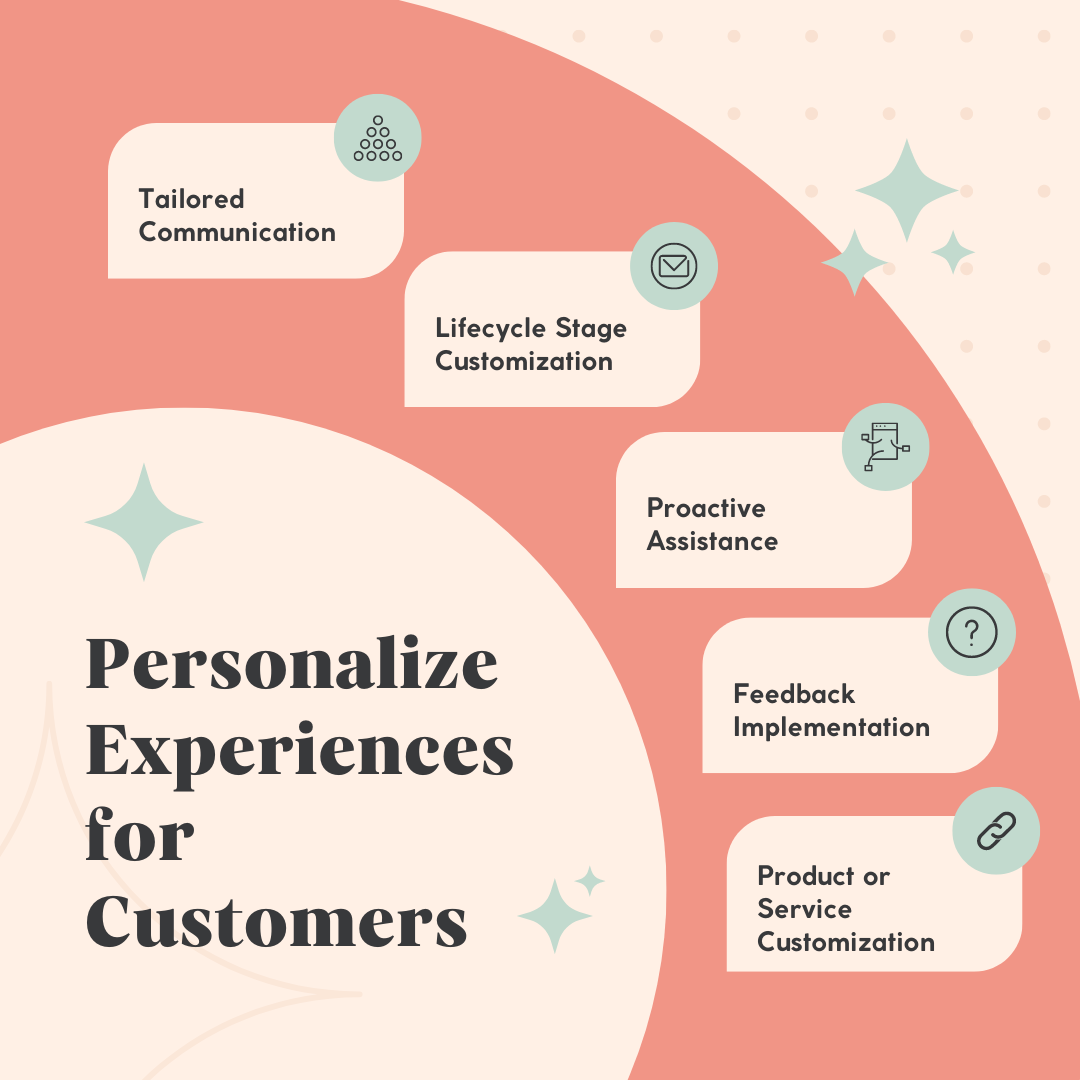Why Rafiki
Pricing


Pricing
Solutions

RevOps Leaders
Synchronize revenue generating functions

SDR Leaders
Get your team aligned and Coach your Reps 3x faster at scale

Sales Leaders
Unlock pipeline truth, drive confident forecasts

In a world where customer loyalty is the cornerstone of business success, mastering the art of retention isn't just a strategy—it's a survival skill. Today, we're diving into the transformative realm of churn prediction analytics, an innovative tool reshaping how businesses understand, engage, and retain their customers.
Imagine having a crystal ball that not only predicts the future but also empowers you to change it for the better. That's churn prediction analytics for you! In this blog, we'll explore how this cutting-edge approach is revolutionizing customer retention strategies. From unearthing hidden patterns in customer behavior to proactively addressing their needs, churn prediction analytics isn't just about numbers; it's about nurturing lasting relationships.
According to Woopra, the average monthly churn rate for SaaS companies is anywhere between 3% and 8%. Annually, this is 32–50%.
Join us as we unravel the secrets of keeping your customers not just satisfied, but delighted and loyal. Say goodbye to guesswork and hello to data-driven decision-making. Welcome to "The Art of Keeping Customers" – where analytics meets empathy, and where every customer feels valued.
Before diving into the depths of churn prediction analytics, let's unfold the concept of churn itself. In the dynamic landscape of business, churn is an unavoidable reality. It refers to the phenomenon where customers or subscribers discontinue their relationship with a company or service. Churn is often seen as a direct reflection of customer dissatisfaction, shifting market trends, or more competitive offerings elsewhere.
Churn: The Unseen Iceberg in Customer Relations
Churn can be like an unseen iceberg threatening the ship of your business. It silently erodes the foundation of your customer base, often going unnoticed until it has caused significant damage. Whether it's a subscription cancellation, account closure, or a halt in product usage, each instance of churn represents a lost opportunity and a direct impact on your revenue and growth potential.
Churn Prediction: Navigating Through Customer Insights
This is where churn prediction steps into the spotlight. Churn prediction is the process of using data analytics to identify the likelihood of customers to stop using your services or products. This isn't just about reacting to churn; it's about proactively predicting it before it happens.
By analyzing customer data - from demographics to interaction histories, from purchase patterns to service usage metrics - churn prediction models can identify warning signs and patterns that indicate a customer's likelihood to leave. This foresight allows businesses to take strategic, data-driven actions to retain those customers.
Transforming Data into Actionable Insights
Churn prediction transforms raw data into actionable insights, empowering businesses to:
In the next sections, we will explore how businesses can effectively implement churn prediction analytics and the profound impact it can have on customer retention strategies.
Before diving into the depths of churn prediction analytics, let's unfold the concept of churn itself. In the dynamic landscape of business, churn is an unavoidable reality. It refers to the phenomenon where customers or subscribers discontinue their relationship with a company or service. Churn is often seen as a direct reflection of customer dissatisfaction, shifting market trends, or more competitive offerings elsewhere.
Churn: The Unseen Iceberg in Customer Relations
Churn can be like an unseen iceberg threatening the ship of your business. It silently erodes the foundation of your customer base, often going unnoticed until it has caused significant damage. Whether it's a subscription cancellation, account closure, or a halt in product usage, each instance of churn represents a lost opportunity and a direct impact on your revenue and growth potential.
Churn Prediction: Navigating Through Customer Insights
This is where churn prediction steps into the spotlight. Churn prediction is the process of using data analytics to identify the likelihood of customers to stop using your services or products. This isn't just about reacting to churn; it's about proactively predicting it before it happens.
By analyzing customer data - from demographics to interaction histories, from purchase patterns to service usage metrics - churn prediction models can identify warning signs and patterns that indicate a customer's likelihood to leave. This foresight allows businesses to take strategic, data-driven actions to retain those customers.
Transforming Data into Actionable Insights
Churn prediction transforms raw data into actionable insights, empowering businesses to:
In the next sections, we will explore how businesses can effectively implement churn prediction analytics and the profound impact it can have on customer retention strategies.
Conversation intelligence is a transformative tool that can play a pivotal role in churn prediction and customer retention strategies. By harnessing the power of advanced analytics and AI, conversation intelligence provides deep insights into customer interactions, emotions, and behaviors. Here's how it can be effectively used in the context of churn prediction:
1. Analyzing Customer Sentiments and Feedback
Conversation intelligence tools are adept at capturing and analyzing customer sentiments during interactions with your service team. They can decode subtle cues like tone, pace, and choice of words to gauge customer satisfaction or frustration levels. This sentiment analysis can reveal early signs of dissatisfaction, allowing businesses to proactively address issues before they lead to churn.
2. Identifying Patterns and Trends in Customer Interactions
These tools can process vast amounts of conversational data to identify patterns and trends. For instance, frequent mentions of specific problems, questions about competitors, or negative feedback about a product feature can signal an increased risk of churn. Recognizing these patterns enables businesses to take corrective actions, such as improving product features or modifying customer service protocols.
3. Enhancing Personalization of Customer Experiences
Conversation intelligence can inform businesses about individual customer preferences and expectations based on their interaction history. This knowledge allows for highly personalized communication and solutions, which can significantly improve customer satisfaction and loyalty, reducing the likelihood of churn.
4. Improving Product and Service Offerings
Feedback gathered through conversation intelligence can provide valuable insights into how products or services can be improved. Businesses can use this information to make data-driven decisions, enhancing their offerings to meet customer needs more effectively.
5. Training and Empowering Customer Service Teams
By analyzing successful customer interactions, conversation intelligence can help in training customer service teams. It can provide them with the best practices, communication strategies, and problem-solving approaches that have proven effective in retaining customers and preventing churn.
6. Alerts and Responses
Conversation intelligence tools offer real-time analysis, providing immediate feedback and alerts during customer interactions. This feature enables customer service representatives to adjust their approach on-the-fly, addressing concerns immediately and reducing the chances of dissatisfaction escalating to churn.
In conclusion, conversation intelligence is not just about understanding what your customers are saying; it's about delving into how they feel and why they behave a certain way. Integrating this technology into churn prediction efforts offers a more nuanced and proactive approach to customer retention, turning every conversation into an opportunity to strengthen customer relationships and reduce churn.
Successfully implementing churn prediction analytics requires a strategic approach that blends technology, data science, and a deep understanding of customer behavior. Here are key strategies to consider:
1. Data Collection and Management:
2. Choosing the Right Model:
3. Actionable Insights:
4. Integration with Business Processes:
5. Monitoring and Evaluation:
Implementing these strategies requires a commitment to understanding your customers and leveraging data analytics in a thoughtful, customer-centric manner. With the right approach, churn prediction analytics can become a powerful tool in your arsenal to enhance customer retention and foster long-term loyalty.
Utilizing churn prediction insights to create personalized customer experiences is a vital strategy in reducing churn. Here’s how you can leverage these insights for personalization

By harnessing churn prediction insights for personalized customer experiences, businesses can demonstrate that they value and understand their customers, significantly reducing the likelihood of churn.
In this blog, we've journeyed through the dynamic world of churn prediction analytics and its crucial role in keeping customers happy and loyal. It's clear that understanding and predicting customer behavior isn't just useful; it's essential in today’s competitive market.
Key Takeaways:
The beauty of churn prediction lies in its ability to transform numbers and trends into actionable insights. It's like having a roadmap that shows not only where your customers might encounter bumps but also how you can smooth their journey.
Remember, at the heart of all this technology and data is a simple truth: keeping customers is about understanding and valuing them. Every bit of data, every predictive model, every personalized experience - they all lead to building stronger, more meaningful relationships with your customers.
So, let's embrace this smart, proactive approach. By staying connected with our customers and continuously evolving with their needs, we don't just grow our businesses; we also cultivate a loyal community that feels heard and appreciated.
In essence, churn prediction analytics is not just about retaining customers; it’s about growing alongside them, creating an environment where every customer feels like a part of your business’s story. Here's to the future of customer retention - insightful, innovative, and incredibly customer-centric!